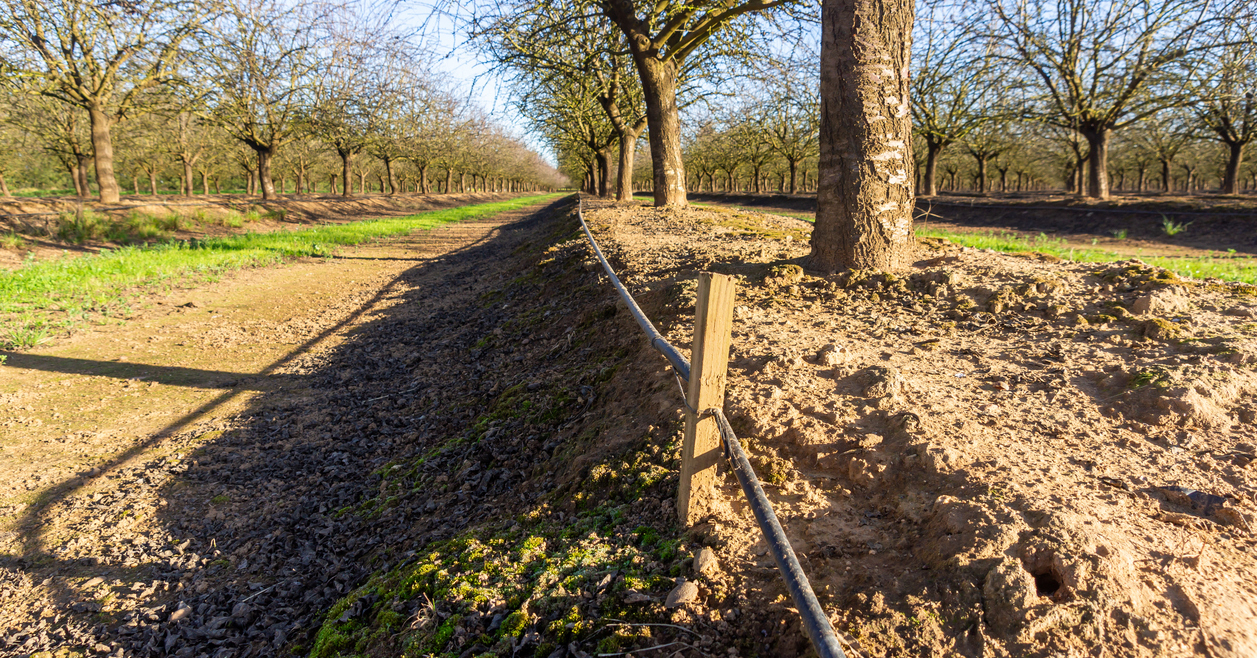How Trees Prevent Urban Flooding & Runoff
Recent climate changes have made it clear that no community is free from the threat of severe weather. In high-density urban communities, storm damage like flooding can be particularly problematic. While there are many tactics that can be used to address urban flooding and runoff, one important but often overlooked solution is strategic tree placement.
How Do Trees Prevent Flooding and Runoff in Urban Communities?
Trees have compelling advantages for urban environments, including increased shade and noise control. Of course, tree-lined avenues also add beauty and visual interest to communities, helping to restore a natural element that balances out heavily developed areas. Beyond these perks, however, trees can also offer some “re-leaf” during heavy rains.
In natural watersheds, streams and rivers offer a place for runoff water to go, which helps to control flooding. Yet, most urban communities lack these natural features and instead rely on drains, gutters, sewer pipes, and other manmade infrastructure. While these features can redirect storm water to some degree, heavy rains can overwhelm these systems and lead to urban flooding. This is complicated by the fact that concrete and asphalt prohibit the ground from soaking up water.
Trees can be an effective and economical solution for cities looking to control rainfall, as their canopies and root systems can manage runoff in several ways. For one, their leaves capture falling rain, creating a surface area where water can land and then evaporate. In fact, their canopies can intercept as much as 50 to 60% of rainwater (thousands of gallons a year), helping to prevent the flash flooding effect that often takes place in urban communities.
Tree roots also soak up water that enters the ground, keeping soil in place and reducing erosion. Both tree roots and the soil surrounding them have a sponge-like effect, allowing water to slowly seep into permeable surfaces and minimize the demand on storm water drains.
What’s the Best Approach to Using Trees to Control Flooding in Urban Communities?
Using trees for flood prevention does require some careful planning. There are several factors to consider, including:
- Soil composition
- USDA hardiness zone
- Tree species
- Space limitations
- Maintenance needs
- Exposure to pollutants like chemicals and salt
- Access to shade and sunlight
While finding the perfect trees calls for attention to detail, for urban planners, the payoff may be well worth the initial effort. From amending the soil to strategically choosing the right tree species and placement, navigating these steps properly could yield meaningful results — including up to an 80% greater reduction in surface water runoff compared to asphalt alone. As always, native trees will have the best chances of thriving. The American Sycamore and Eastern Cottonwood are some of the trees in Georgia which can help with drainage. But there are a variety of other species which your local tree expert can help you select.
Of course, prolonged exposure to standing water can also take its toll on trees. Dealing with dead or downed trees isn’t ideal in urban environments either, so while trees may help to prevent flooding, they shouldn’t be planted directly in the heart of flood zones. The right tree placement can make all the difference in helping urban trees thrive.
Tree planting and maintenance don’t have to be complicated, but they can be made easier with some professional help. Whether you have a problem tree or you’re planning a new project, consult Premier Tree Solutions for assistance. Learn more about our services or call 404.252.6448 to get in touch.a










